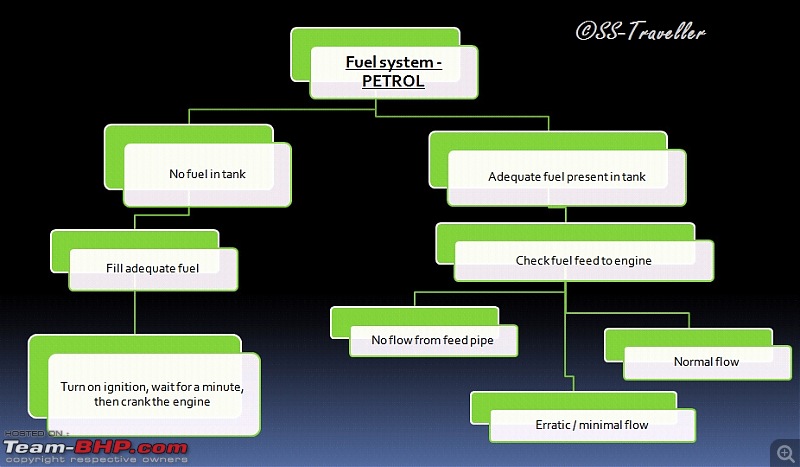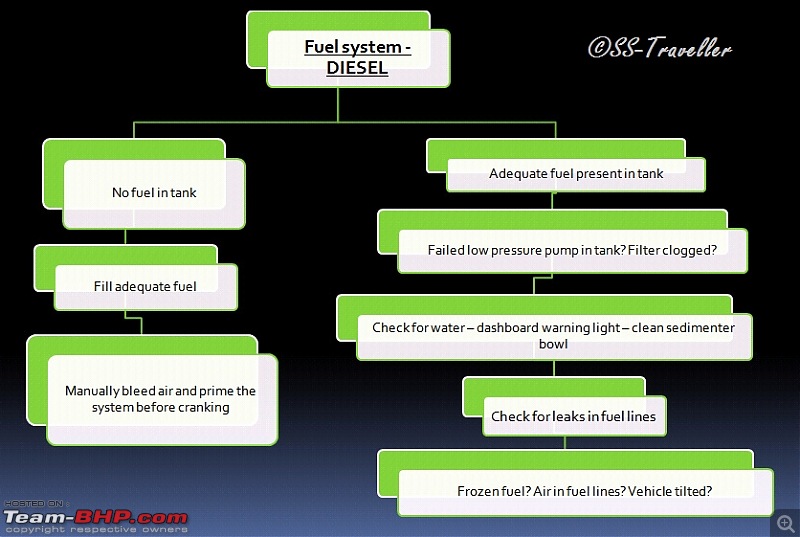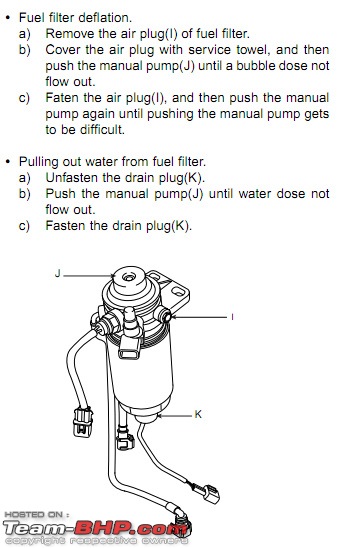| | #1 |
| Distinguished - BHPian  | |
| |  (43)
Thanks (43)
Thanks
|
| |
| | #2 |
| Distinguished - BHPian  | |
| |  (42)
Thanks (42)
Thanks
|
| | #3 |
| Distinguished - BHPian  | |
| |  (40)
Thanks (40)
Thanks
|
| | #4 |
| Distinguished - BHPian  | |
| |  (26)
Thanks (26)
Thanks
|
| | #5 |
| Distinguished - BHPian  | |
| |  (28)
Thanks (28)
Thanks
|
| | #6 |
| Distinguished - BHPian  | |
| |  (36)
Thanks (36)
Thanks
|
| | #7 |
| Team-BHP Support  | |
| |  (9)
Thanks (9)
Thanks
|
| | #8 |
| Distinguished - BHPian  | |
| |  (16)
Thanks (16)
Thanks
|
| | #9 |
| Senior - BHPian | |
| |  (3)
Thanks (3)
Thanks
|
| | #10 |
| Senior - BHPian Join Date: Jul 2006 Location: bangalore
Posts: 2,449
Thanked: 6,977 Times
| |
| |
| | #11 |
| BHPian Join Date: Mar 2010 Location: Pune
Posts: 98
Thanked: 105 Times
| |
| |
| |
| | #12 |
| Distinguished - BHPian  Join Date: Oct 2009 Location: Chennai
Posts: 4,433
Thanked: 11,463 Times
| |
| |  (8)
Thanks (8)
Thanks
|
| | #13 |
| Senior - BHPian | |
| |
| | #14 |
| Distinguished - BHPian  | |
| |  (5)
Thanks (5)
Thanks
|
| | #15 |
| Distinguished - BHPian  | |
| |  (3)
Thanks (3)
Thanks
|
 |
Most Viewed









 ). Once that happens, the sedimenter bowl below the diesel filter fills up with water, a warning light shows up on the dashboard and the engine refuses to start / runs erratically / cuts out suddenly.
). Once that happens, the sedimenter bowl below the diesel filter fills up with water, a warning light shows up on the dashboard and the engine refuses to start / runs erratically / cuts out suddenly. 

 . Thanks for sharing. Rating your definitive guide a fully-deserved 5 stars.
. Thanks for sharing. Rating your definitive guide a fully-deserved 5 stars. 



